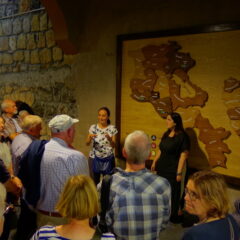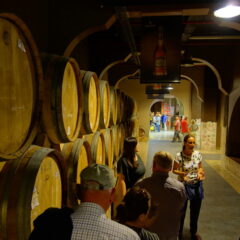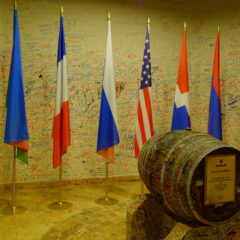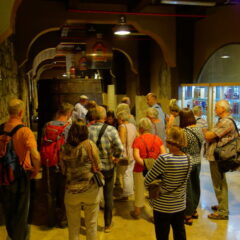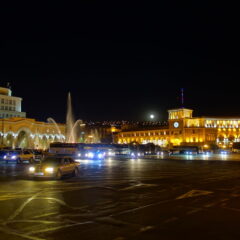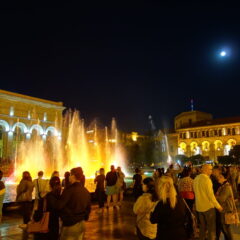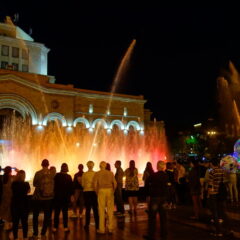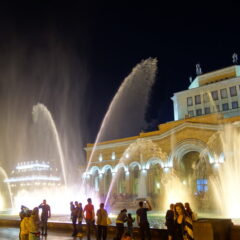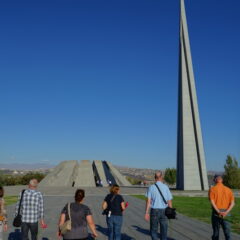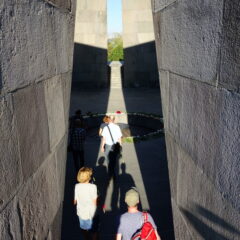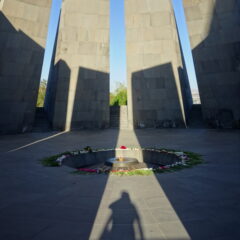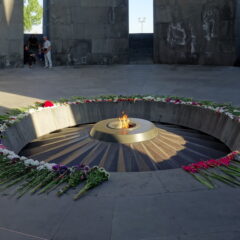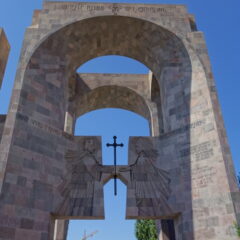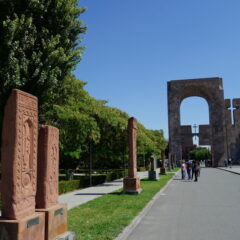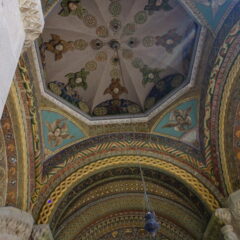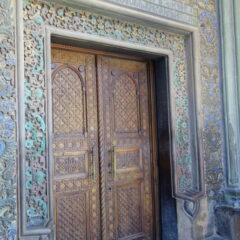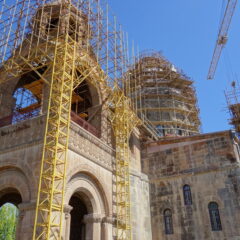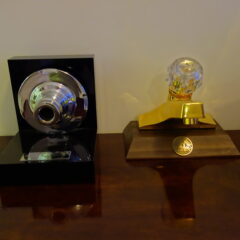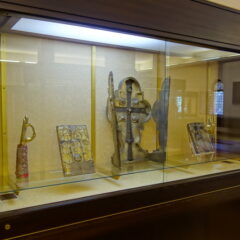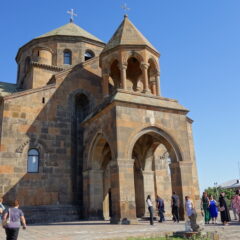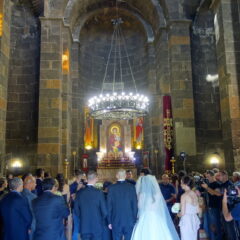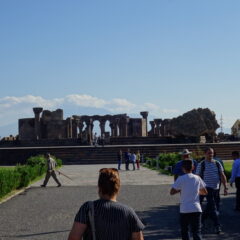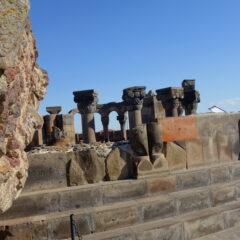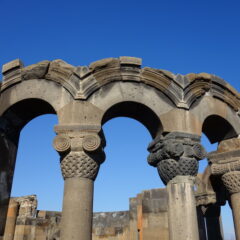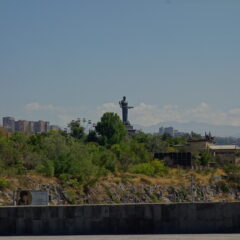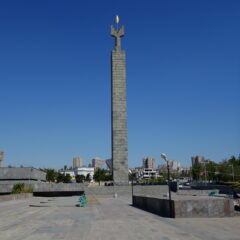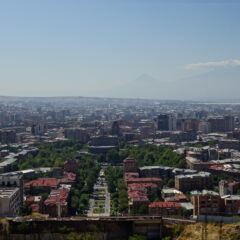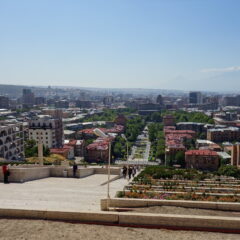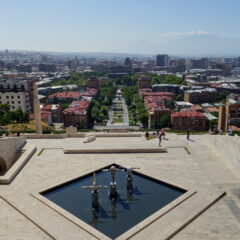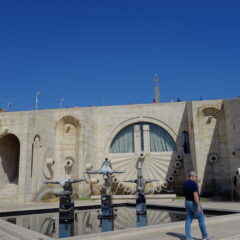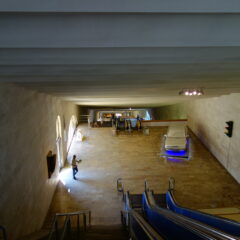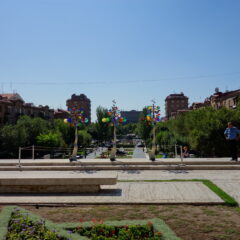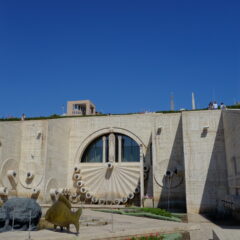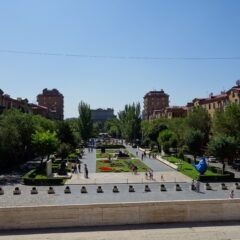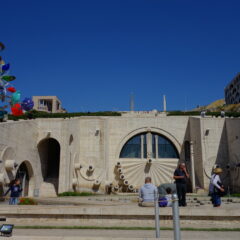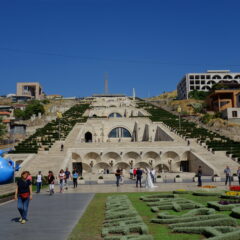As to be expected, we were not in the best mood, when we got back to the bus from the genocide memorial. What coincidence, that our next (and final) stop for the day was at the Yerevan ARARAT Brandy Company.
In the factory we first had a guided tour, introducing brandy (in general), the production process and of course the final product. We also got to see the peace barrel. This special barrel, has been set for aging in 2001 and will only be opened when the conflict around Karabakh is resolved (well – given the current state of affairs, this may end up being a very mature brandy). After the tour we made it into a tasting room, where two glasses of Ararat brandy were waiting for us – a three-year old one and an eight-year old (if my memory serves right) – as well as some chocolate, to go with it (so less generous than at KVINT a year back). Well – I am not too much into brandys, so while I liked the older one more – I would have preferred a good gin.
It had been a busy day and – with the sun already – it was now time, to return to the hotel and call it a day. Some of us ended up, to make our way into town for dinner. On the way back we had a stop at Republic Square, to see the Dancing Fountains. Music is played here and the fountains basically ‘dance’ along – photos below.
